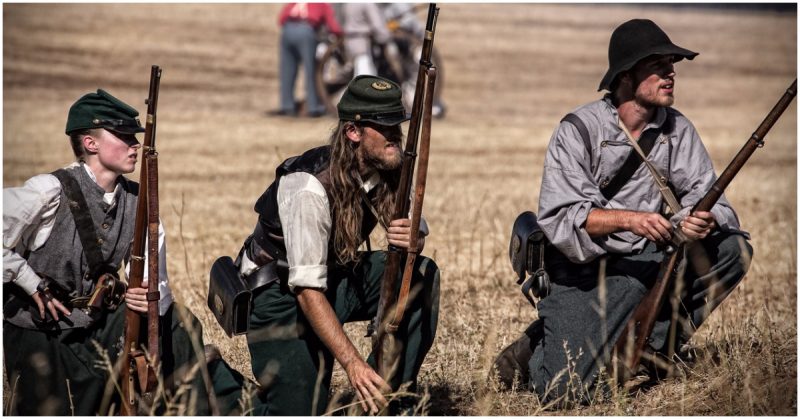Though we may think of the South as a unified place in which the Confederacy was born and fought for, it was a place divided like any other in times of war. There were certainly dissenters, many for reasons of faith like the Quakers, and others who were neither served by nor approving of slavery. These dis-loyalists formed groups to disrupt and disempower the Confederate government and were known as Peace Societies.
The three most well-known and active were the Alabama Peace Society, The Peace and Constitutional Society, and The Order of the Heroes of America, also known as The Red Strings. These organizations met and grew in secret and through covert actions put a thorn in the side of the South that aggravated Confederate activities enough to have lasting effects even after the war was over.
The Peace and Constitutional Society
In the autumn of 1861, a roundup of 27 men charged with treason against the Confederacy revealed a secret group known as the Peace and Constitutional Society. Unionists in Van Buren, Arkansas had created the group to aid deserters and to pledge assistance to the Union Army when it reached Arkansas. It was the first organized peace society of the Civil War.
This society was the smallest of the organized peace societies but it by no means was as small as only 27 men. The actual number of society members in the entire state was as high as 2400. Communication within the society was done by signs and signals. There were oaths involved, including an oath that resulted in death if the member disclosed secrets. The society was well funded and each member was more than sufficiently equipped with arms. They looked to the future when the Union Army reached Arkansas and they would all enlist.
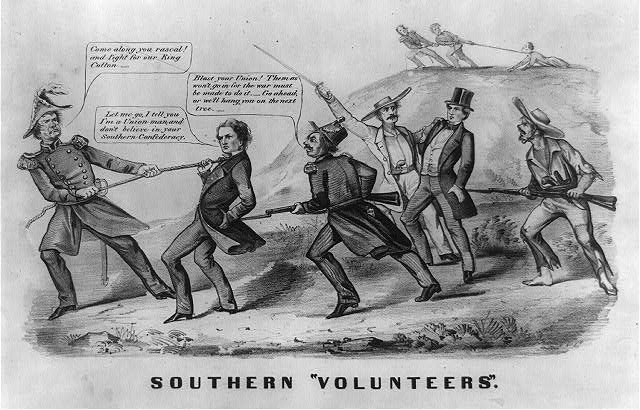
In December of 1861, loyal Confederate citizens in northern Arkansas convinced 111 additional men to turn themselves over to the law. These men surrendered to arrest because they were promised leniency if they enlisted in the Confederate Army.
Most remaining members joined the Union Army. Those that didn’t enlist assisted the Union when it arrived, furnishing the army with food for both the soldiers and their animals. It is thought that they were probably also involved in intelligence efforts, but there is little information about this earliest of peace societies. By 1862, there were as many as 5000 pro-Union citizens of Arkansas armed and ready to oppose the Confederacy.
The Alabama Peace Society
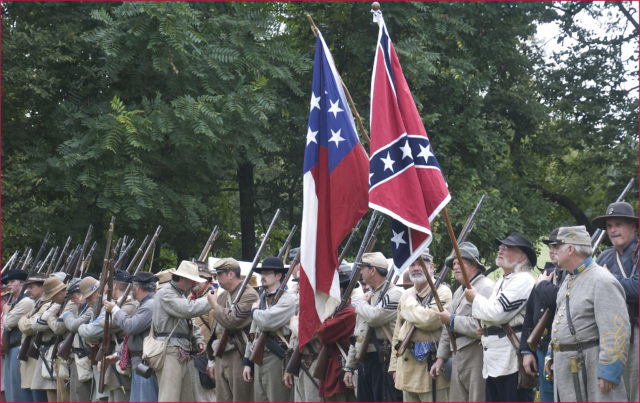
The political climate in Alabama turned to skepticism and disappointment when the “Yankees” failed to be “whipped in 90 days!” The voters at home weren’t enthralled by the idea of staying in the war – and most of them had never been. Those men that had the most interest in keeping things status quo in the South had gone off to war – including most of the statesmen and politicians. The men that then filled the empty positions in the legislature were not moved to suppress dissension, and in fact, were sympathetic to it. They were concerned that the fight for state’s rights was overshadowing the need for an individual’s liberties and rights and that the military might gain too much power. One county in the northern part of the state even tried to secede from Alabama.
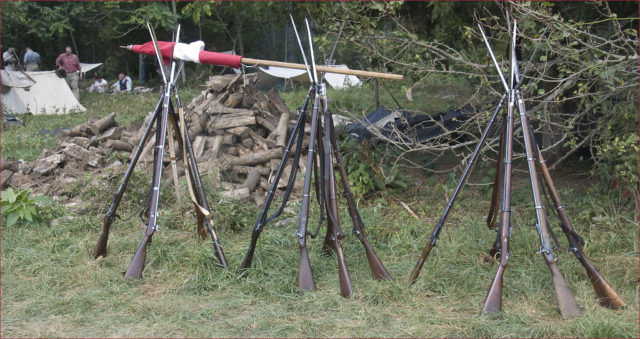
By 1865, Alabama was full of deserters and men who had avoided conscription. Voters believed that Jefferson Davis had not only mismanaged the Confederacy but that he was guilty of political crimes. They believed that the Union would win the war and the consequence of that would be terrifying and horrific.
The Peace Society that grew out of this cooperative dissatisfaction was not one organized society, but a collection of individual secret groups involving nearly half of men in the state that had stayed home. The Alabama Peace Society grew to include members in Georgia, North Carolina, and Tennessee. Some groups were formed to oppose legislation legally and withdrew from the movement when the majority of groups began to focus on actions treasonous to the Confederacy.
Lower members did not know each other and it was only through symbols and secret handshakes that they could discover each other and communicate. The society was controlled through “Eminents” that knew the true objectives of the society and would give orders to the lower members. If an individual was a disloyalist, he was told to encourage desertion, to injure loyal citizens, or given another treasonous order. If he was not, he was told that the object was only to effect change in government.
Some members of the societies joined the Confederate army so that they could encourage desertion among the disaffected men there. They succeeded in getting troops to mutiny and lay down arms, to provide the Union with military details, and to recruit soldiers who had long been in the war to the cause. Other members actively worked to break down the Confederate government from within.
The society was successful in electing a governor and six congressmen that would support protection for deserters and an end to conscription. One Confederate officer claimed that this election was rigged by the secret order and that all involved were guilty of corresponding with the Union.
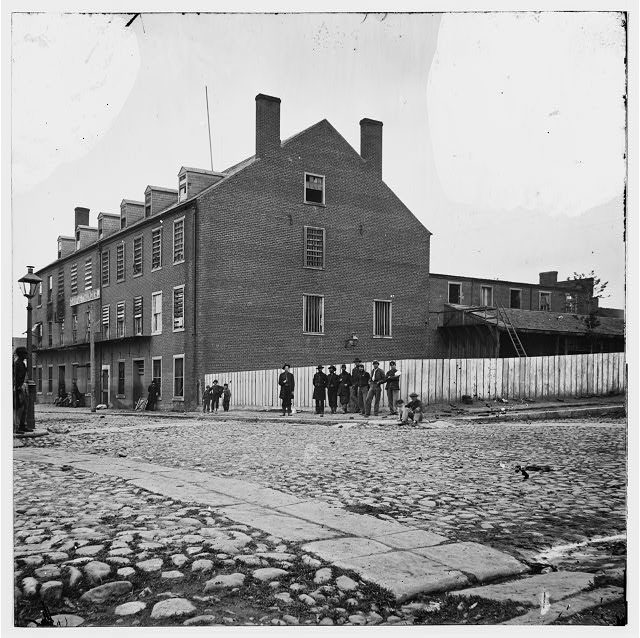
The Order of the Heroes of America
The Loyal Order of the Heroes of America was one of the most involved and organized peace societies in the South. It was made up mostly of Quakers and Unionists based in North Carolina and Virginia. Founders of the group were involved in state government at high levels. Most of them came from the hills and mountains where slavery was rare. Quakers fundamentally opposed it.
The order was also known as the Red Strings – a reference to the biblical heroine Rahab who hung a red rope from her window as a signal. Member of the Red Strings wore theirs on the lapel. A popular conspiracy theory proposes that “Red Strings” may also refer to the red string tied around the wrist of runaway slaves from Georgia and South Carolina earlier in the century. The idea holds weight. Quakers in North Carolina were often involved in Underground Railroad activities decades before the war.
The Order was 10,000 members strong, but like the peace society in Alabama, most member knew only one other. Their activities were similar as well: aiding deserters and prisoners of war, supplying the Union with information, and helping Union spies. It was rumored that the Union may have helped form the group and that members were promised safe passage across Union lines and even a share in the spoils of war if the Confederates were defeated.
